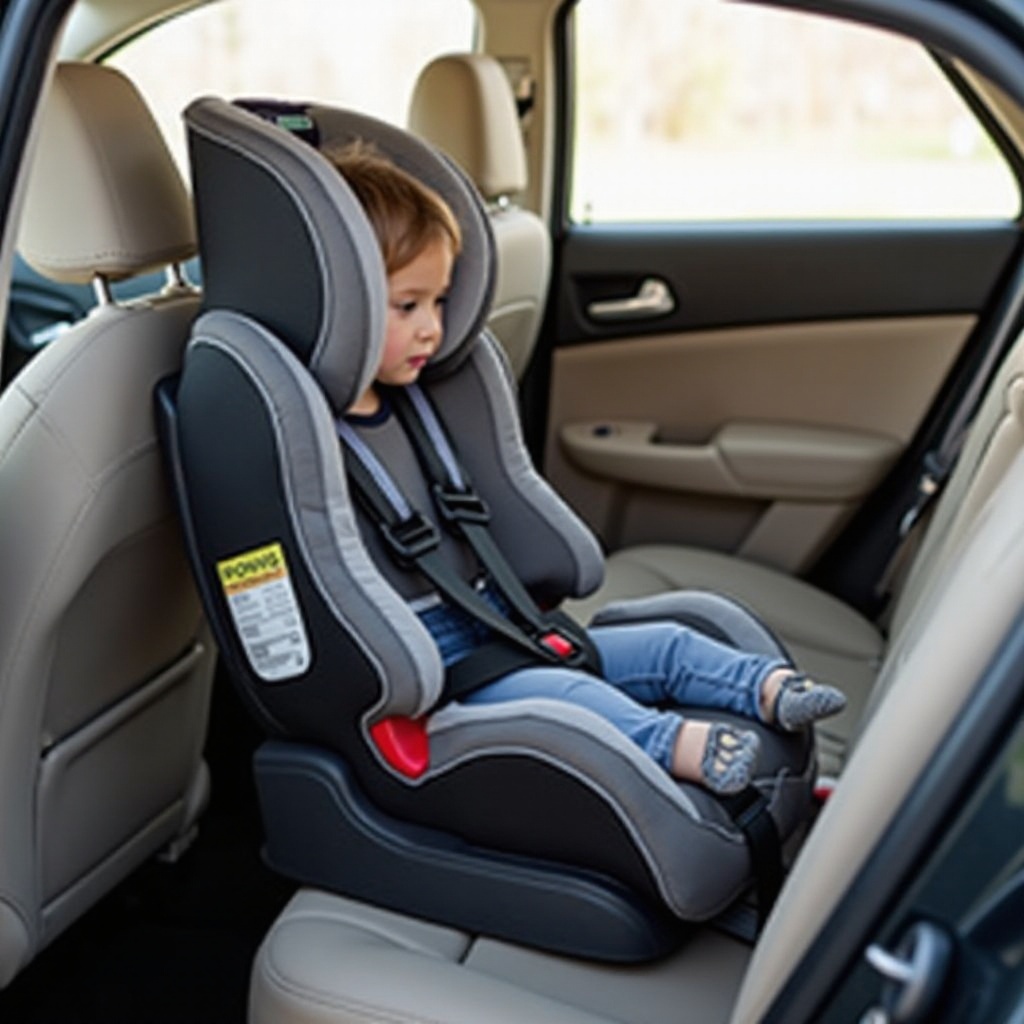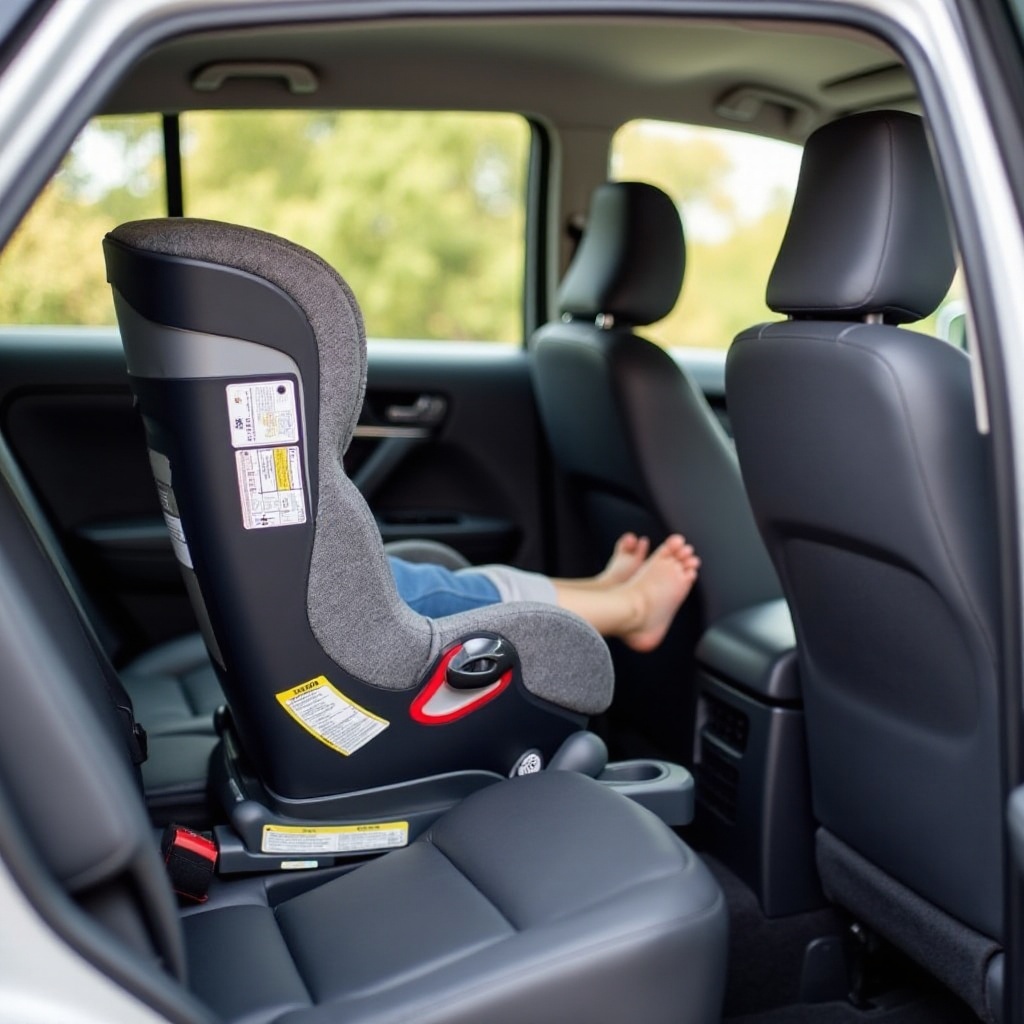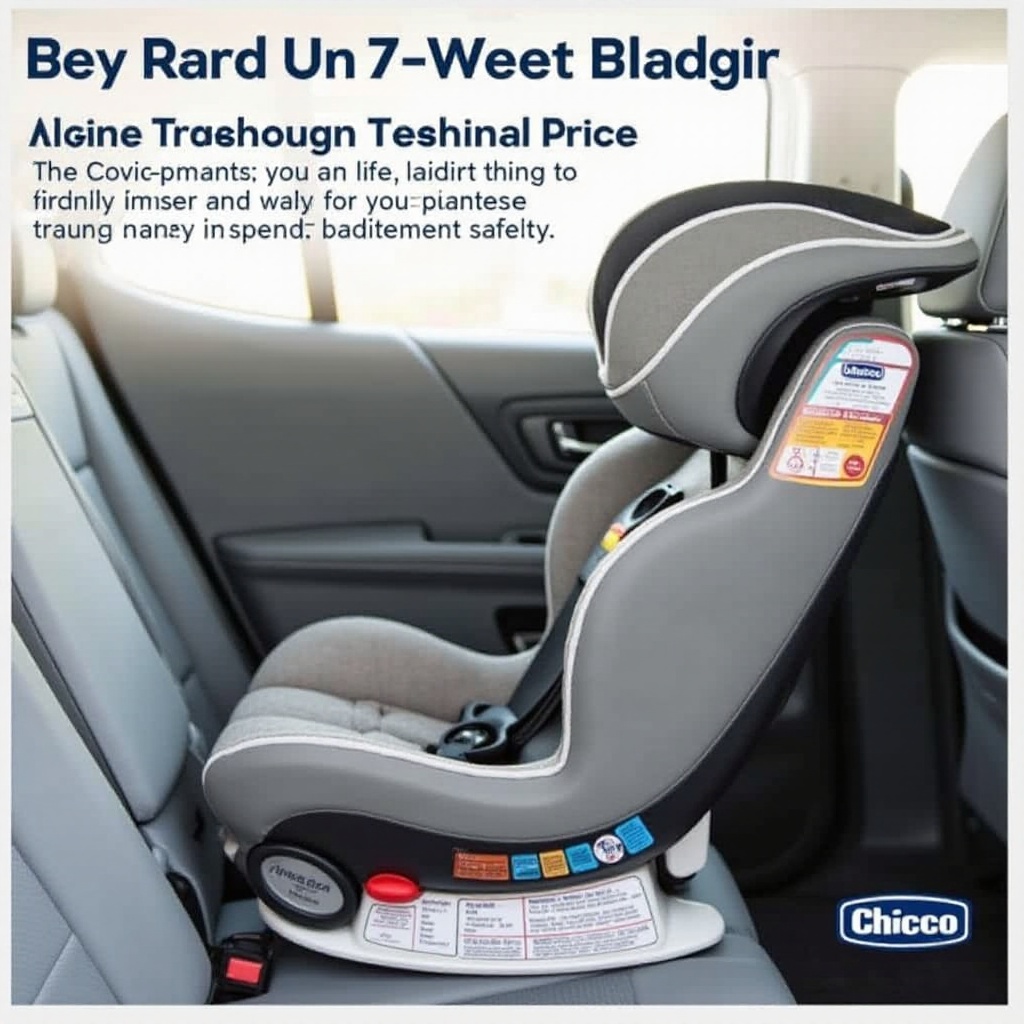Introduction
Choosing the right car seat is one of the most critical decisions a parent can make for their child’s safety. Understanding the weight limits of car seats, especially for popular models like the Chicco Bravo, ensures optimal safety and comfort for your child. This comprehensive guide covers everything you need to know about the Chicco Bravo car seat weight limits, including details on various models, the significance of weight limits, installation tips, comparisons with other brands, and insightful customer reviews.

Overview of Chicco Bravo Car Seat Models
Chicco offers various car seat models under the Bravo series, each designed to cater to different needs and preferences of parents and children. Here, we will highlight the key features and differences among the major models available.
Chicco Bravo Trio Travel System
The Chicco Bravo Trio Travel System pivots around convenience and versatility. It includes the Chicco KeyFit 30 Infant Car Seat and the Bravo stroller, which allows seamless transitions from car to stroller. The car seat accommodates infants from 4 to 30 pounds and up to 30 inches in height, making it suitable for newborns and growing babies.
Chicco Bravo LE Trio Travel System
The Chicco Bravo LE Trio Travel System offers all the benefits of the standard Trio with added luxe features. This model includes a large storage basket, a removable seat for easy cleaning, and a deluxe canopy for additional sun protection. It also includes the KeyFit 30 infant car seat, fitting infants from 4 to 30 pounds.
Chicco BravoFor2 LE Standing/Sitting Double Stroller
Designed for families with multiple young children, the Chicco BravoFor2 LE is a double stroller that supports two children. It includes the KeyFit 30 as well, but the stroller is designed to accommodate an older child up to 40 pounds in the back seat, who can either stand or sit, providing flexibility for growing families.
Understanding the range of models available can help you choose the best option for your family’s needs. Each model caters to specific requirements, which is essential for ensuring the safety and comfort of your child during travel.
Importance of Car Seat Weight Limits
Car seat weight limits are crucial for ensuring child safety. These limits are not arbitrary; they are based on rigorous testing and safety standards. A seat designed for a specific weight range provides the best protection because it conforms precisely to the unique needs of children within that range.
Exceeding a car seat’s weight limit can compromise its structural integrity and safety features, putting your child at risk during a collision. Therefore, knowing and adhering to these limits is essential for your child’s safety.

Chicco Bravo Car Seat Weight Limits Explained
Each stage of a child’s growth requires different safety measures. The Chicco Bravo series accommodates these needs through well-defined weight limits.
Infant Car Seat Weight Limits
The Chicco Bravo Trio and LE Trio both feature the KeyFit 30 Infant Car Seat. This seat is suitable from birth to 30 pounds, and the height limit is 30 inches. It ensures that even the smallest passengers can travel safely.
Toddler Car Seat Weight Limits
Once your child outgrows the infant seat, it’s essential to transition to an appropriate car seat for toddlers. Chicco recommends moving to a convertible or forward-facing car seat that supports higher weight and height limits, typically up to 65 pounds for forward-facing seats and even higher for booster seats.
Transitioning Between Stages
Transitioning between car seat stages should be guided by your child’s growth rather than age. Each transition requires careful consideration of the current and next seat’s weight and height limits. For example, once your child reaches the 30-pound or 30-inch mark, it’s time to shift from the KeyFit 30 Infant Car Seat to a convertible or booster seat that accommodates their new size.

Installation and Safety Tips
Proper installation of car seats is crucial for safety. Here are steps and tips to ensure you install your Chicco Bravo car seat correctly.
Proper Installation Steps
- Read the Manual: Always start by reading the car seat and vehicle manuals.
- Choose the Right Location: The back seat is the safest location for installing a car seat.
- Use the LATCH System: Most modern vehicles come with LATCH anchors. Utilize these for a secure fit.
- Check Tightness: Once installed, the car seat should not move more than an inch side-to-side or front-to-back.
- Positioning: The infant car seat should be rear-facing until your child is at least two years old.
Common Installation Errors to Avoid
- Loose Installation: Ensure the seat is tightly secured.
- Wrong Angle: The seat should be at the correct recline angle; many car seats have a built-in indicator.
- Misplaced Harness Straps: Harness straps should be at or below your child’s shoulders in a rear-facing seat.
Safety Precautions and Maintenance Tips
- Check for Recalls: Regularly check if your car seat has been recalled.
- Inspect Straps and Buckles: Ensure they are not twisted and function correctly.
- Avoid Aftermarket Additions: Only use accessories approved by the car seat manufacturer.
- Regular Cleaning: Maintain the car seat clean but avoid using harsh chemicals.
Comparing Chicco Bravo with Other Car Seats
Understanding how Chicco Bravo compares to other brands helps parents make informed choices.
Chicco vs. Graco
Graco offers a variety of car seats with similar features to Chicco, including travel systems and convertible seats. However, Chicco often stands out for its user-friendly installation and premium materials.
Chicco vs. Britax
Britax car seats are known for their advanced safety features, such as impact-absorbing bases. While Britax may offer more advanced safety tech, Chicco Bravo excels in adaptability and ease of use, making it a favorite for many parents.
Customer Reviews and Feedback
Customers generally praise the Chicco Bravo series for its ease of use, safety, and comfort. Positive feedback often highlights the seamless transitions between car and stroller, as well as the robust build quality.
Understanding both the technical aspects and customer feedback provides a full picture of the Chicco Bravo car seats’ benefits and drawbacks, helping you make a well-rounded decision.
Conclusion
Understanding the Chicco Bravo car seat weight limits is crucial for the safety and comfort of your child. From knowing when to transition between seats to ensuring proper installation, this guide covers the key aspects of using the Chicco Bravo car seat range. Always adhere to weight limits and other safety guidelines for a secure and comfortable journey.
Frequently Asked Questions
What is the weight limit for the Chicco Bravo infant car seat?
The Chicco KeyFit 30 Infant Car Seat included with Bravo models supports infants from 4 to 30 pounds and up to 30 inches in height.
How do I know when to transition my child to the next stage?
Transition your child when they exceed the car seat’s maximum weight or height limits. Always refer to the car seat manual for specific guidance.
Are there any safety accessories recommended for the Chicco Bravo car seat?
Chicco recommends using only accessories approved for their car seats to mitigate safety risks. Always avoid aftermarket products not tested or endorsed by the manufacturer.
